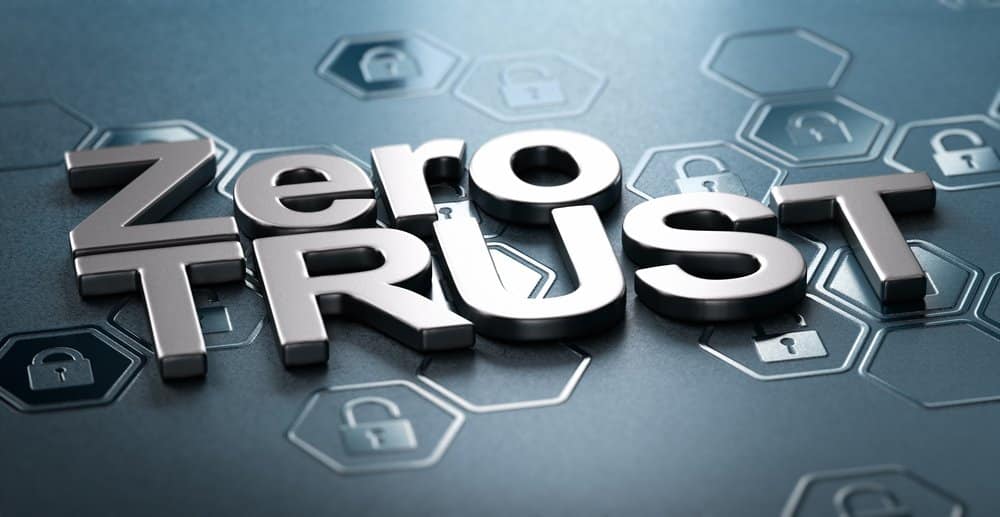Identity Methods has launched a new whitepaper to help security practitioners get to Zero Trust within their organisations. As an independent company working with carefully selected strategic partners to maximise the value and security from IAM, governance and monitoring solutions, Identity Methods’ whitepaper comes at a time when Zero Trust looks set to transform the cybersecurity landscape in 2022, and cyber leaders have called for more strategic guidance on the topic.
Getting to Zero Trust begins with the adoption of a ‘Never Trust and Always Verify’ philosophy. This implies that all identities, data and users within a system should be treated as digital resources. A Zero Trust approach encourages greater supervision of the digital environment and the collection of information in the process. At a time when cyberattacks are becoming ever more sophisticated, it is essential to implement the highest cybersecurity credentials to maximise protection.
To help in this aim, the whitepaper introduces a focus on a Zero Trust standard set out by the National Institute for Science and Technology (NIST).The mapping of security solutions to NIST’s neutral, vendor-less framework helps organisations and security professionals to manage digital space more simply and effectively, addressing the entire IT infrastructure rather than looking for a solution in standalone products. Mapping to the seven tenets helps better structure, monitor and protect the connected enterprise.
Ian Collard, Founder and CEO of Identity Methods, explains: “There has never been a greater need to ensure that preventative and protective measures of the highest quality are firmly in place. If the past few years have been about considering the implications of the growing threat vectors, researching defence methods and establishing partnerships, 2022 is surely now about implementing these cyber strategies at pace. Taking a Zero Trust approach based around NIST’s seven tenets is the key to unlocking vastly superior security capabilities which will help organisations face the challenges of today and tomorrow.”
Yet risks don’t always originate from outside an organisation, with even the smallest human error internally resulting in a costly mistake from which it can be difficult for businesses to recover. By locking down access and granting it only where and when it’s necessary, long-running active permissions to many applications by large groups of people become a thing of the past. And with many employees now working more flexibly than ever before, the enterprise has a much tougher job of ensuring maximum security at all possible points of connectivity.
Following the evolving NIST framework enables security to be adapted and improved, helping to procure solutions and services that put a safer future first. Identity Methods’ whitepaper provides security practitioners with an understanding of the concept, its strategic implementation and the product portfolio necessary to successfully introduce a Zero Trust approach to security that will afford the enterprise comprehensive protection now and in the future.





